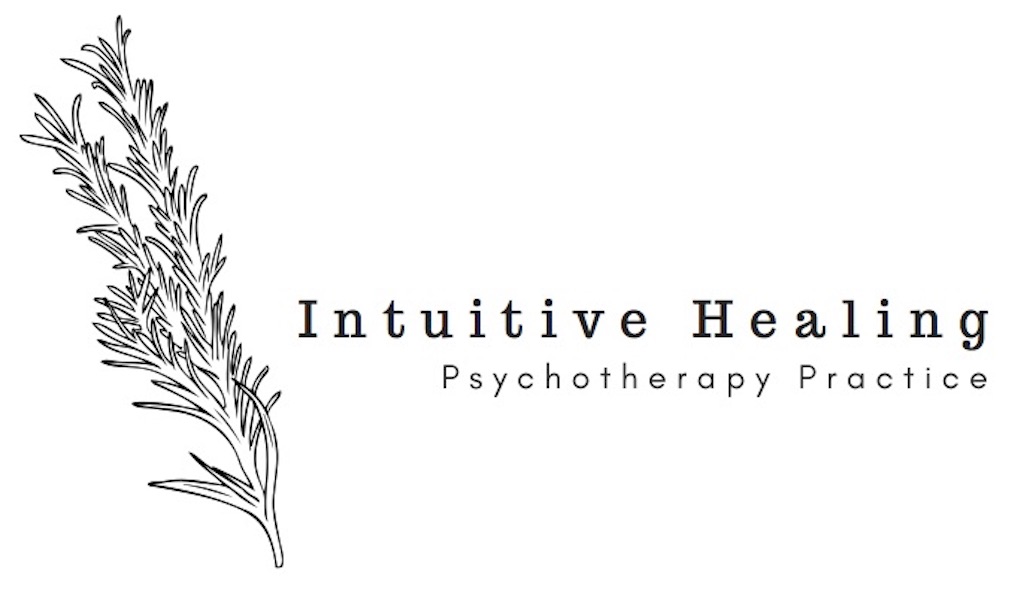What Is Trauma Bonding and What Makes it So Difficult to Break Free?
Astrid Burke, MHC
“He’ll say all of these horrible things to me but then when we’re not talking it feels like a withdrawal. It feels like a drug.”
We enter into relationships, whether romantic, professional, familial, or friendships, with an expectation of mutual respect and care. When we remain in relationships despite being abused or mistreated, however, it may mean we need to take a deeper look at why we are continually drawn to the person causing us pain and what makes it so hard to leave.
In a trauma bond, we find ourselves attached to a person despite our better judgment and their abusive actions. It’s not unusual for this intense bond to be confused for unconditional love especially in romantic or family relationships. It may appear like an ability to love someone through what may seem like normal hardships and relationship stress “in good times and in bad.” It creates a dynamic of holding on through the tension-building and explosive phases of a relationship in order to finally receive the false affection, attention, approval, and recognition that come during a reconciliation or honeymoon phase. With each lap around this cycle, the trauma bond is strengthened.
There are several ways you may experience being in a trauma bond:
The relationship feels intense, complex, always on the verge of collapse. It seemingly thrives on a repetitive cycle of promises or hopes that aren’t met.
You feel unable to remove yourself from the relationship when promises for change never become reality or when you feel you cannot trust the other person.
You feel starved for love and grasp at small moments of attention or crumbs of affection.
You believe that if you change your own behavior you can somehow elicit more attention, affection, or approval from the other person or stop them from abusing you.
Others in your life have expressed concern about the relationship. You may even find yourself hiding details of the relationship in an effort to lessen their concern.
As described by one client of mine quoted above, when you do try to leave it feels extremely painful. The degree of pain and longing feels like it can only be fixed by reuniting with the very person who created it. This feeling of withdrawal is not surprising considering that oxytocin (“the love hormone” we are flooded with during social connection, cuddling, and even sex!) and dopamine (the “feel-good” hormone that the brain releases when we feel pleasure and satisfaction) are depleted after we remove ourselves from the relationship.
If you find yourself in a trauma bond, there are steps you can take to remove yourself from it:
Set boundaries – Take time to identify what your own needs and wants are. Are these needs and wants being met in this relationship? Breaking trauma bonds requires staying away from the person you’re bonded to in order to break the pattern and effectively detox from the relationship.
Don’t do it alone – Leaving a trauma bond is painful and difficult to do alone. Rally your most supportive loved ones to be there alongside you.
Work on your own codependency – With a mental health professional, explore what you were bringing into the relationship dynamic. Perhaps you experienced trauma bonds with parents in early life or had other relationships that normalized trauma bonding. Understanding your own part in the dynamic can be incredibly empowering and enable you to move forward into future relationships.
